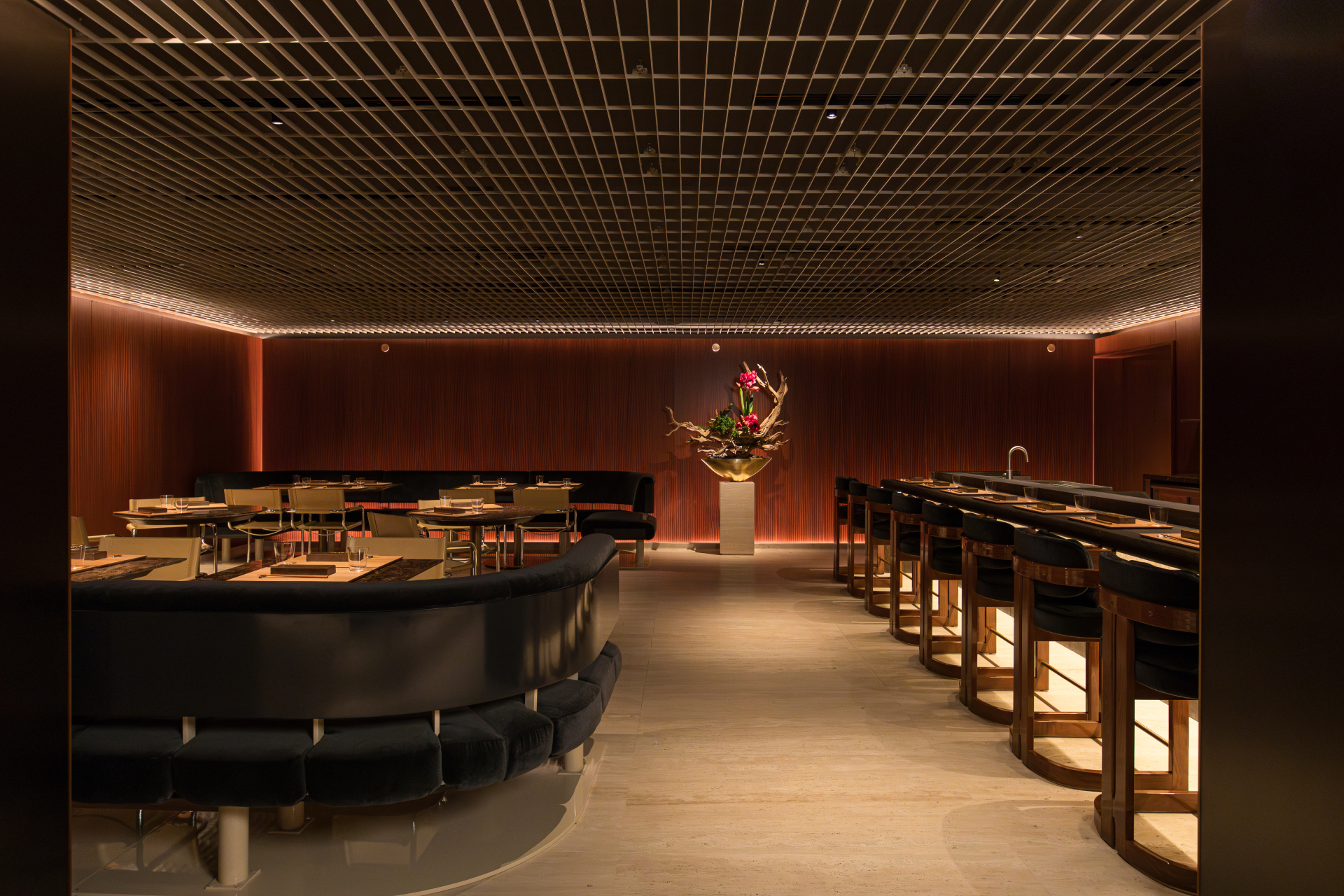
As a global city, New York City is home to countless international experiences. If you’re looking for a Japanese experience in New York City, look no further than The Prince Kitano New York. Part of the Seibu Prince Hotels & Resorts, the recently renovated hotel (once known as The Kitano Hotel) is bringing a distinctly Japanese aesthetic to the hotel landscape of New York.
From the Japanese-style tatami suite to hakubai, a Japanese kaiseki cuisine restaurant located on the premises, The Prince Kitano is a visit to Japan without a passport. We were invited to a hotel stay by The Prince Kitano and documented our insights.

The redesign of The Prince Kitano New York, overseen by Modellus Novus (also of the now infamous Tatiana by Kwame Onwuachi), was centered on projecting a modern Japanese design. In total, the hotel offers 150 accommodations, including rooms like the Deluxe King room (305-315 sq ft). Rooms feature a great view of the Manhattan skyline and include a classic Japanese bidet-style toilet. The bathrooms are large for the room size and built from marble, making it a comfortable oasis from the bustle of Midtown, Manhattan.
For the full Japanese experience, the Tatami Suite on the 17th floor is unique. This one-bedroom suite features tatami floors and mats, shoji paper screens, and a deep-soaking tub with a separate washing area. Guests can choose futons or two twin beds, but if you’re looking for the traditional Japanese experience, go for the futons.
The food and amenities

If you’re the type of hotel guest who loves the comfort of room service, The Prince Kitano has some unique options. While you can order the Continental or American breakfast, the hotel offers a Japanese-style breakfast option for room service. This traditional Japanese breakfast consists of grilled mackerel or salmon, white rice, tamagoyaki, miso soup, seaweed, natto, pickles, and green tea.
But if you’re looking to dine outside your room, the hotel has the Hillside Café, which serves American and Japanese fusion dishes such as a lime-chili marinated pork chop served with Japanese rice. For an after dinner drink or if you’re simply craving a view, head to the rooftop bar, Roof at 66 Park. The bar area has plenty of seating, but the best experience will be on the patio, which offers an excellent view of the Manhattan skyline. The bar features a nice sake selection along with Japanese-style cocktails. We recommend the Suntory Sour, a refreshing, not-too-sweet blend of Suntory Toki whiskey, lemon, simple syrup, egg whites, and angostura bitters. It’s a great drink to sip while soaking in the city views.
The restaurant: hakubai

The star of The Prince Kitano New York is, without a doubt, the restaurant hakubai. This 71-seat kaiseki restaurant combines Japanese tradition with modern techniques and is helmed by award-winning executive chef Jun Hiramatsu. Hakubai, located in the basement of the hotel, features an à la carte menu, but the best way to experience the restaurant is the 11-course tasting menu. Centered on the authentic Japanese kaiseki experience of “shun,” the Japanese philosophy of preparing and using every ingredient at the peak of its flavor.
For the best experience, try the kaiseki tasting menu at the counter to watch the chefs prepare your courses. A total of 11 courses might seem like a lot, but each course is delicate and not overwhelming. The onsai course of sea bream was an interesting contrast of delicate fish with a pureed sauce of slightly bitter chrysanthemum greens. The Yamagata-sourced Tsuyahime rice with unagi is excellent soaked in a sencha green tea dashi broth. One of the more surprising hits is the gluten-free strawberry cake for dessert. Made with rice flour, this light, not overly sweet cake is served with extra wasanbon sugar on the plate for dipping.
One thing to keep in mind is because seasonality plays a huge role in kaiseki cuisine, the menu at hakubai will change. During out visit, we were served the spring menu but because of shun, expect the courses to change.
“Yes, the menu changes with the seasons,” explains Hiramatsu. “We changed 6 of the 11 items on our Spring menu. Among the ingredients that are in season in spring, bamboo shoots, wild vegetables (Fiddlehead ferns), and green peas are cooked together to create a very beautiful, colorful Takiawase (Simmered) dish. The Onsai (fish course) has been changed to a garland chrysanthemum sauce to give a sense of spring.”



